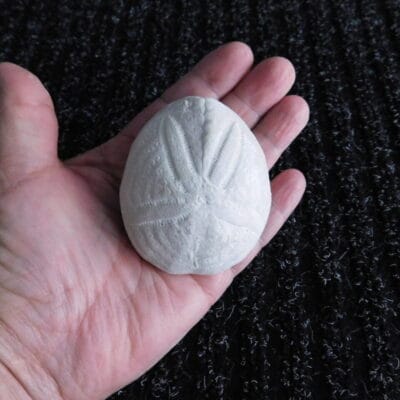Description
Castoroides (Latin: “beaver” (castor), “like” (oides), or giant beaver, is an extinct genus of enormous, bear-sized beavers that lived in North America during the Pleistocene. Two species are currently recognized, C. dilophidus in the Southeastern United States and C. ohioensis in most of North America.
Species of the genus Castoroides were much larger than modern beavers. Their average length was approximately 1.9 m (6.2 ft), and they could grow as large as 2.2 m (7.2 ft). The weight of the giant beaver could vary from 90 kg (198 lb) to 125 kg (276 lb). This makes it the largest known rodent in North America during the Pleistocene and the largest known beaver. Recent analyses suggest that they weighed less, closer to 77 kg (170 lb), but this is disputable.
The hind feet of the giant beaver were much larger than in modern beavers, while the hind legs were shorter. The tail was longer and may not have been paddle-shaped as in modern beavers. It can only be assumed that its feet were webbed as in modern species. The skull structure of the giant beaver suggests that it participated in extended underwater activity, thanks to the ability to take more oxygen into its lungs.
One of the defining characteristics of the giant beaver was their incisor teeth, which differed in size and shape from those of modern beavers. Modern beavers have incisors with smooth enamel, while the teeth of the giant beaver had a striated, textured enamel surface.[6] Their teeth were also much larger, up to 15 cm (6 in) long. The brain of the giant beaver was proportionally smaller than the modern beaver. As a result, the giant beaver may have had inferior interactions in its environment, as well as less complex patterns of thoughts and behavior.





























Reviews
There are no reviews yet.